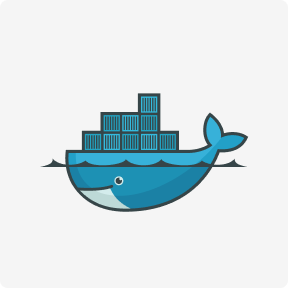The planning phase involves identifying the functionalities to be implemented in the initial increment and defining the timeline and resources required for its development. When software products receive regular updates, each update can be seen as an iteration. The development team releases updates to address bugs, security vulnerabilities, and performance issues, as well as to introduce new features based on user feedback and market demands. These updates are typically released in iterative cycles, ensuring continuous improvement and evolution of the software. Part of the attraction of this family is certainly the manifesto’s clear and compact collection of values and principles as published in 2001. The more you develop your projects step-by-step, in small, easy-to-manage pieces, the fewer errors and bugs you will end up having.

If the increment passed the testing or validation, them moves to the next increment in the queue as per priority. Consumers experience the products and create new specifications that are rigorous prioritization down to fewer workdays. As revealing as they might be, values are too high-level and vague to help much with detailed programming decisions under specific circumstances. Principles, however, make up the next level down in normative statements that groups utilize to choose their actions. They contain more domain-specific policy information and come much closer to indicating the practices that a team should follow.
LogRocket generates product insights that lead to meaningful action
The below figure used here relates to a business system development but the concept can also be applied to a non-IT project, such as a marketing campaign. Incremental development ensures that developers can make changes early on in the process rather than waiting until the end when the allotted time has run out and the money has been spent. The agile methodology also has variations such as extreme programming and scrum.
One way to accomplish this is to comment out large chunks of code in order to isolate a particular section. The sketch has an array of Snake objects, a Button object, and an Apple object. (The code for the classes is not included.) Let’s assume that everything about the sketch is working properly, except that the Apple is invisible. To debug the problem, everything is commented out except for the few lines of code that deal directly with initializing and displaying the Apple object. Considering that each system step contains the results from all previous steps, many tests are iterated.
What Is the Incremental Model?
Each incremental version is usually developed using an iterative waterfall model of development. To get the most out of the incremental model, teams should first break down their project into smaller chunks, creating a work breakdown structure (WBS). They should then prioritize their work and decide which activities they’ll perform at which stages.
- There are a few factors to consider when choosing a model for developing software, including the organization’s nature, the impact on testing methodologies, and the objectives to be met.
- Each phase within a build has clear, agreed-upon deliverables and a formal review process, and is completed before the next phase begins.
- In an Iterative Incremental model, initially, a partial implementation of a total system is constructed so that it will be in a deliverable state.
- During each iteration’s planning day, the team retains that percentage of their bandwidth in both story points and labor hours as an architectural reserve.
- Then, we’ll compare this model with the waterfall model in more detail and discuss its advantages and disadvantages.
- Incremental development involves breaking down the development process into smaller, manageable portions known as increments.
Each time you add back in a line of code, run the sketch and see if the apple disappears. Having an object-oriented sketch as above (with many classes) can really help the debugging process. Another tactic you can try is to create a new sketch and just use one of the classes, testing its basic features. First, create a new sketch that only does one thing with the relevant class (or classes) and reproduce the error. To simplify and find the bug, you could create a sketch that just uses one snake (instead of an array) without the apple or the button.
After the SRS has been created, we need to send it to the client or to SMEs on the client’s side for approval before proceeding with the next phase. Incremental development is a method of building software products in which a system is built piece-by-piece. The final requirement specification is clear from the beginning, and everyone knows the end result clearly. The system is broken down into small sub-systems which are designed, built and tested independently. This allows partial utilization of the product, but the full system isn’t usable unless until the development is entirely done.
After the release, the development team gathers feedback from users and monitors the software’s performance in the real-world environment. This feedback is used to further refine and enhance the software in subsequent iterations. incremental development model Thus we have many models with which we can develop software and achieve the required objective. We have seen about once such model called as Incremental Model with it’s characteristics, application and advantages.

However, there are several factors to consider when choosing a preferred model. These include the organizational structure, the project’s goals, how it will affect testing methods, and the objectives that must be met. There are several types of testing the testing team performs quality assurance (QA) testing, system integration testing (SIT), user acceptance testing (UAT), and approval testing.
Applying the iterative/incremental approach to your development process enables you to resolve issues sooner and thus accelerate the time it takes to achieve an optimal product. Furthermore, this mindset can give you early competitive advantage in your market, enabling faster adoption and, hence, product growth. With most of the focus being on iterative/incremental process development, tech debt is often overlooked. Ultimately, it builds up until developing new functionality is no longer efficient without addressing the accumulated tech debt.
